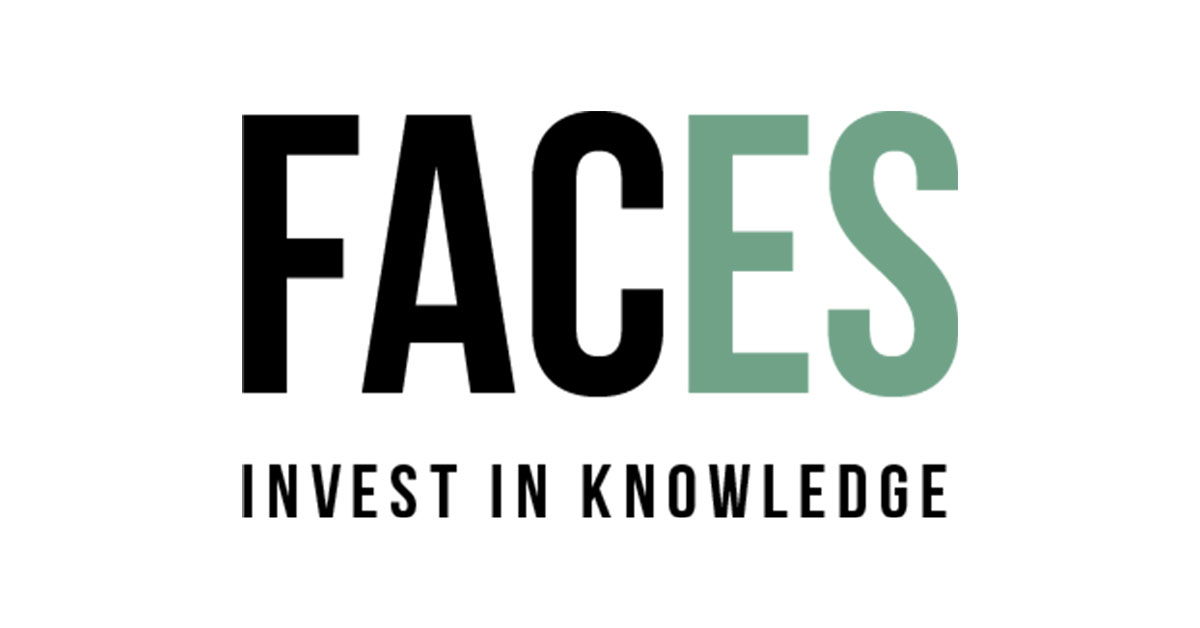The most salient divide in the Dutch pension domain is the one between young and old participants. The opposition between young-old centres on the funding ratio and benefit policies of pension funds. The funding ratio of most pension funds indicates that the value of the assets is insufficient to meet all liabilities (in real terms). Therefore, young participants, or their self-proclaimed representatives, insist that pension funds should decrease benefits paid to current retirees. Retirees however point out that they are legally entitled to the benefits and that benefits have already been cut in the last eight years since the financial crisis in 2008.
Tragedy
If the defining characteristic of a tragedy is that two opposing parties both have a point, this seems to be a real tragedy. For both parties do have a point. Although the funding ratio is now underestimated as a result of the extremely low interest rate that is used to discount liabilities, young participants will in all likelihood not receive what has been promised to them and what they are now paying for. But this is exactly what the older generations can also justifiably claim; they are also not receiving what has been promised to them. This conflict of interest thus resembles the struggle between creditors of a bankrupt company. Every creditor has a legal claim on the company, but the company just doesn’t have enough assets to pay all valid claims.
A fight in court?
In the case of bankruptcy, creditors may end up fighting each other in court. This is not (yet) the place where young and old generations face each other. Nor does it have to be. There is a crucial difference between bankrupt companies and pension funds. Pension funds may be technically insolvent but they are not legally bankrupt. They function on a going concern basis. This means that pension funds keep making substantial costs, mostly for asset management. The total annual costs of Dutch pension funds in 2014 was 6.3 billion euro. This equalled 19.5% of annual contributions (paid by active members). Obviously pension funds have to make costs in order to function properly. But two master-students of finance recently showed that in the period 2012-2014 pension funds with higher costs do not perform better. This is in line with research by Dutch supervisor De Nederlandsche Bank, showing that the increase of pension funds’ costs in the period 1992-2009 cannot be fully explained by the increased investment in riskier (and more expensive) asset categories (such as private equity and hedge-funds). And this is again in line with research of the other Dutch supervisor Autoriteit Financiële Markten, showing that in general passive (and cheaper) asset management does not underperform active asset management.
Reducing the benefits
This all suggests that young participants should not focus solely on reducing current benefits, but should also aim to reduce the costs of pension funds. If pension costs are reduced to 4 billion euro, contributions can be decreased with 7%. This resembles the first task of creditors in case of a looming bankruptcy. They should first jointly ensure that a bankrupt company does not distribute to third parties company-assets that belong to the creditors. If and when the remaining assets are secured, then the creditors can subsequently argue over which creditor gets what, when and how. Until then, young participants should keep their eye on the ball, which in the pension domain is the annual costs of 6.3 billion euro.
















